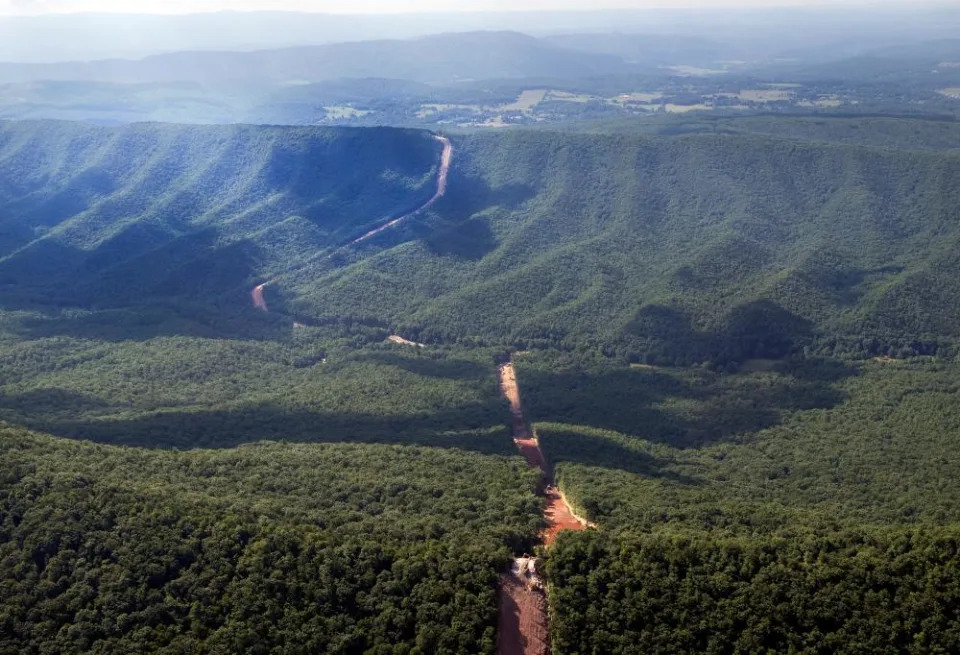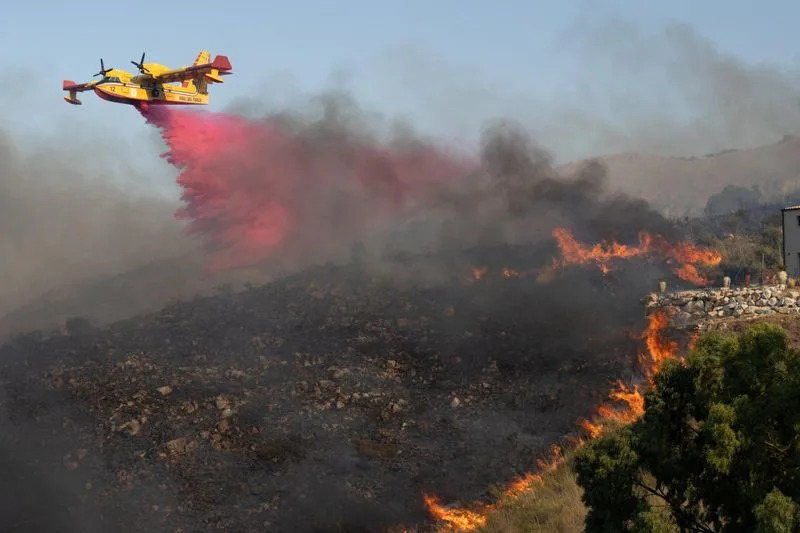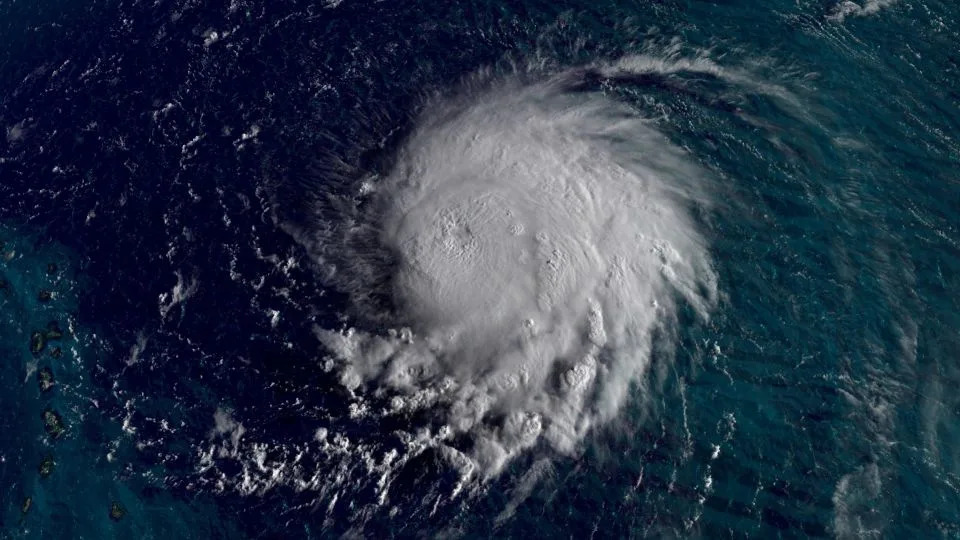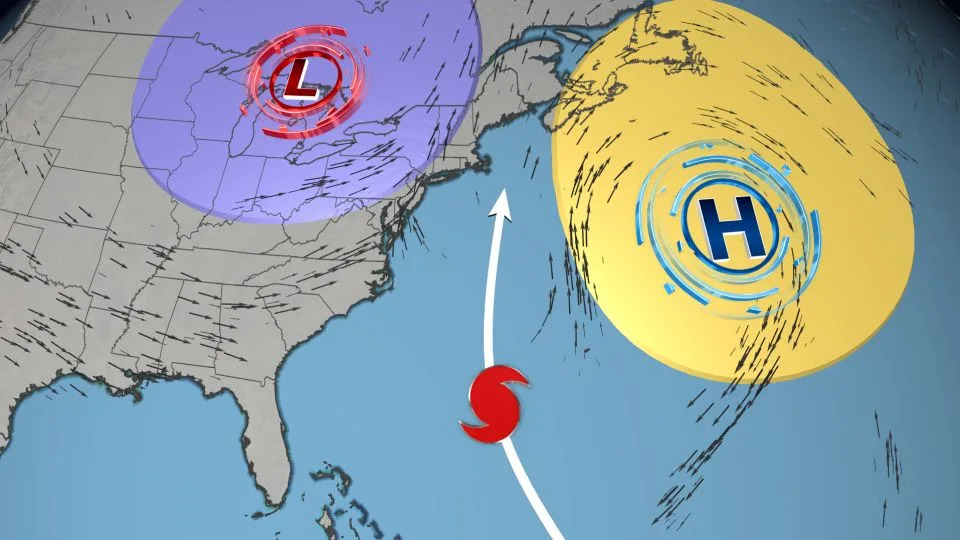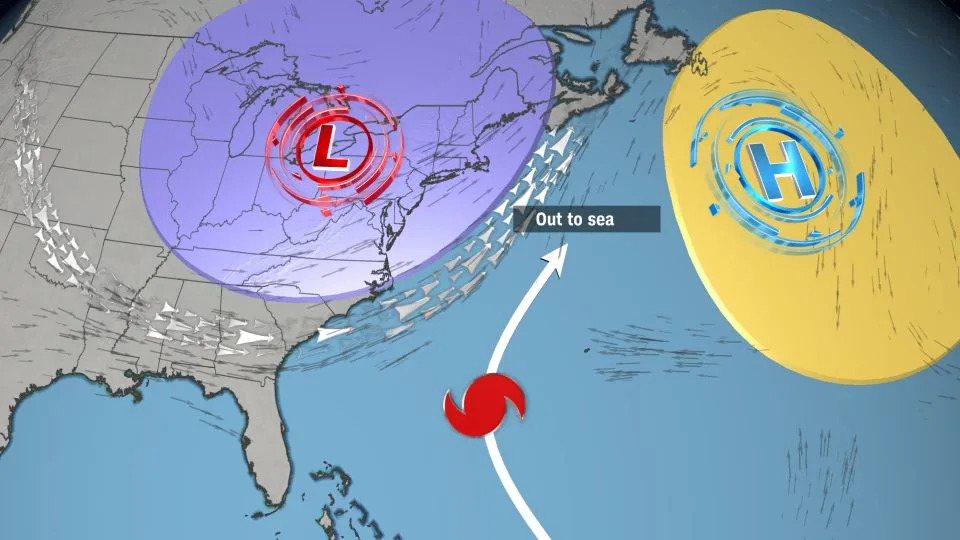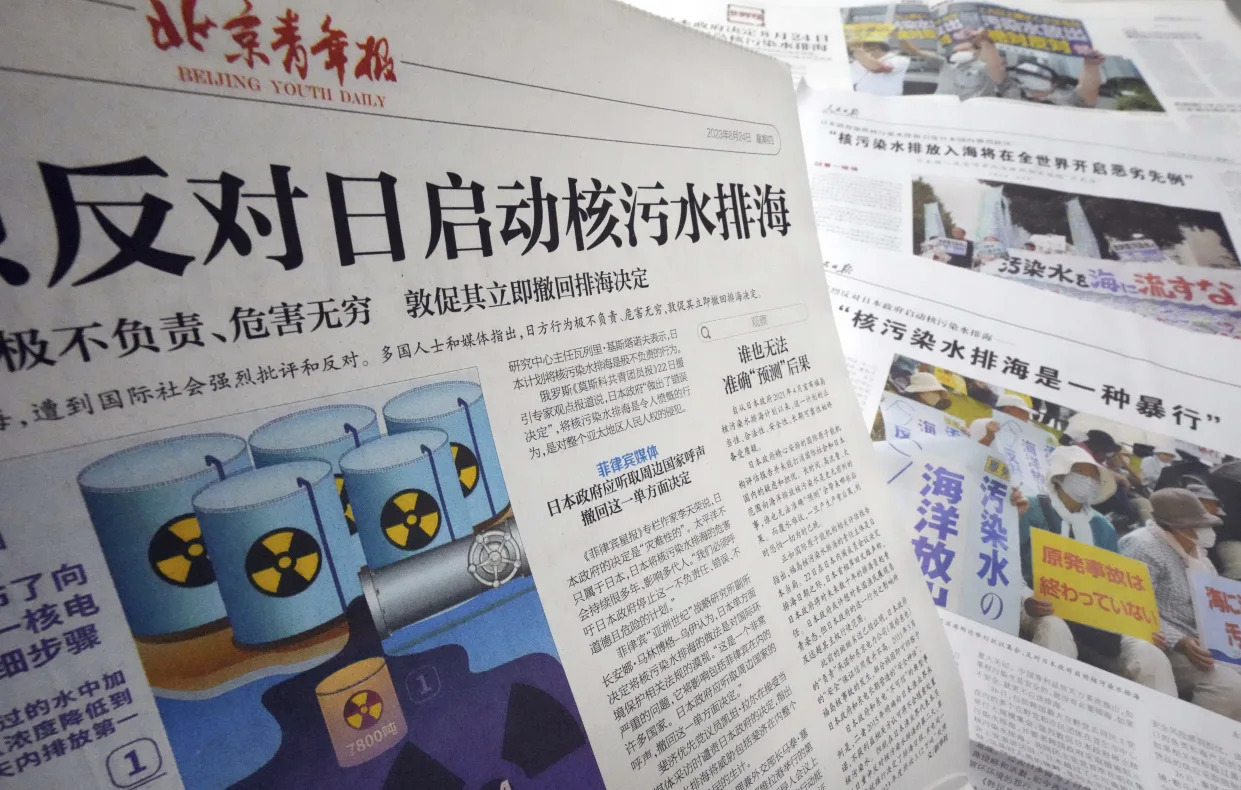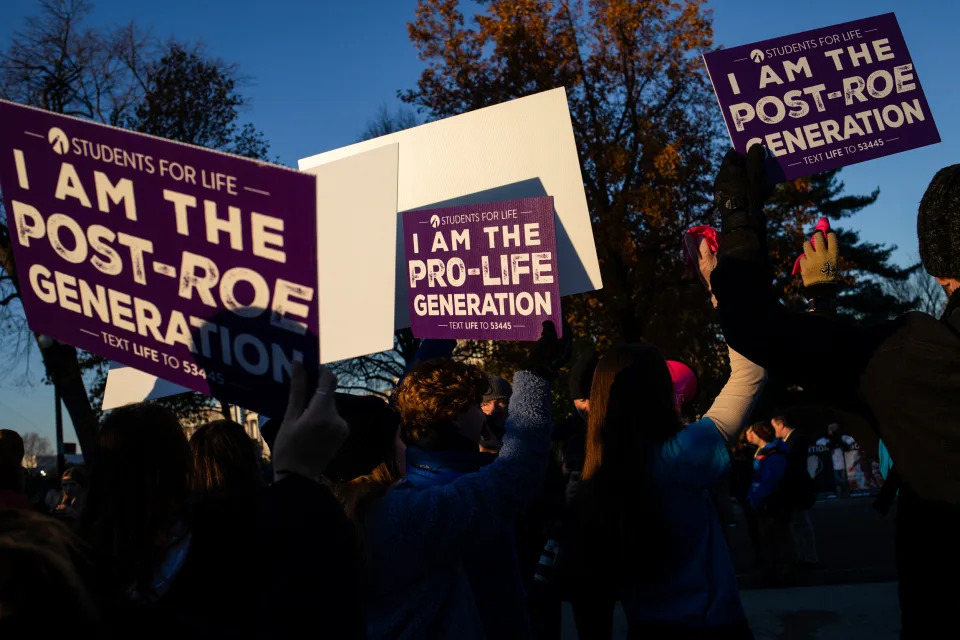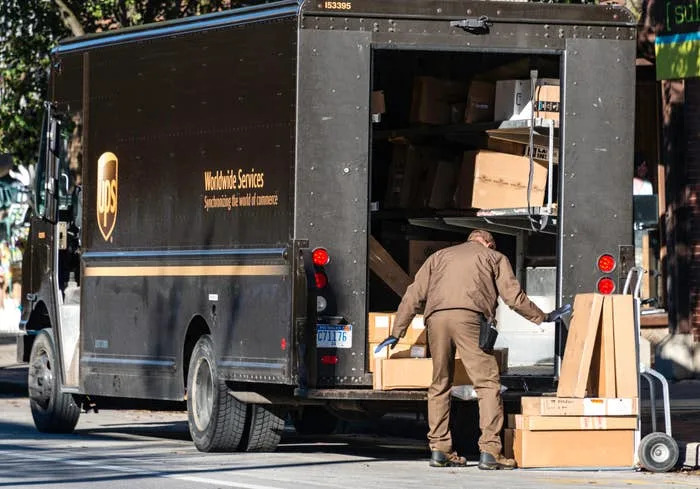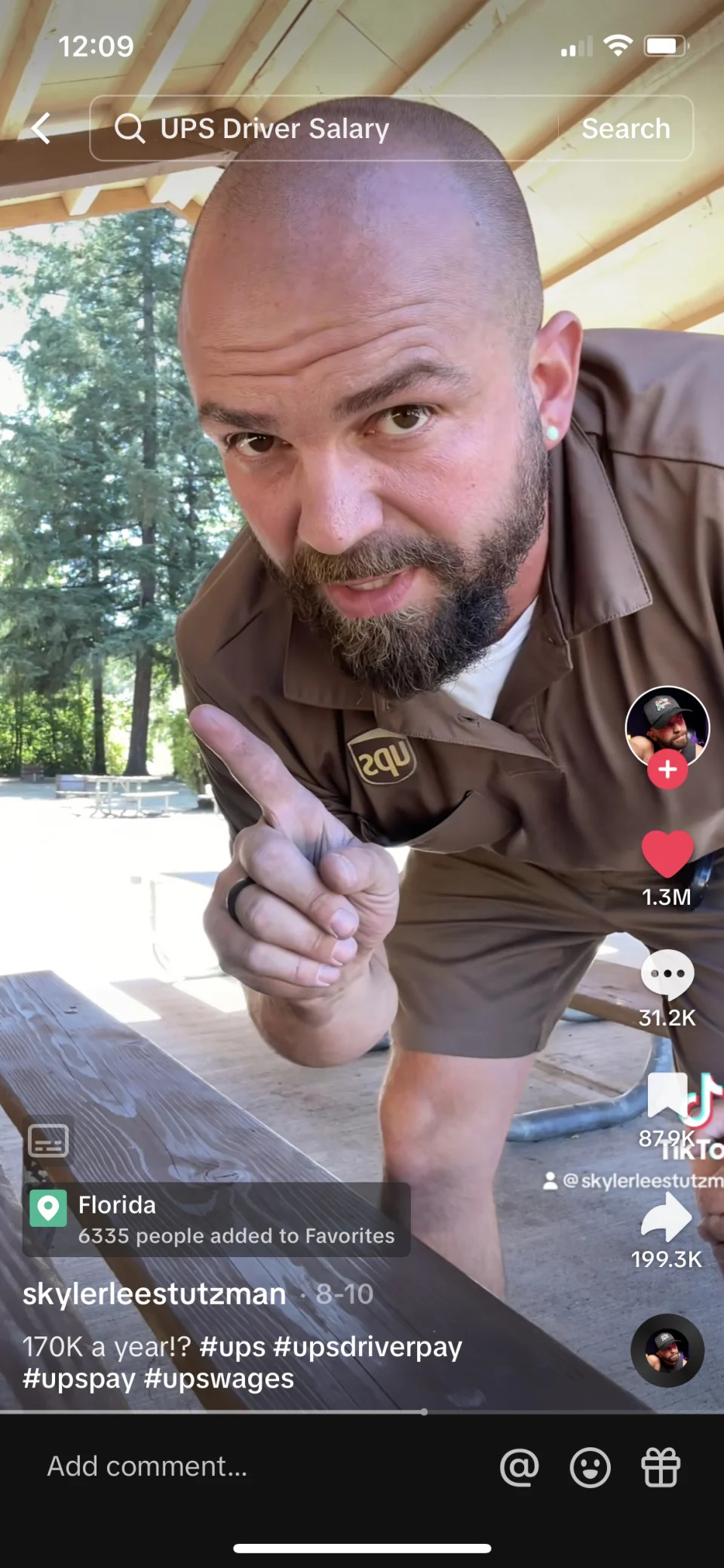Kim Kardashian and Dr. Eric Esrailian
Fri, September 8, 2023

We are Armenian. We are the descendants of Armenian Genocide survivors, and we do not want to be talking about the recognition or commemoration of yet another genocide in the future.
Since December of last year, Azerbaijan has blockaded the only lifeline between the indigenous Christian Armenians of Artsakh (also known as Nagorno-Karabakh) and the rest of the world. For many years, they have been dependent on the transport of food, medical supplies, and humanitarian aid through the Lachin Corridor. The war in Ukraine has made Azerbaijan a seemingly more favorable alternative to Russian oil and gas for some countries. However, this reliance has emboldened the autocratic Azeri government to use starvation as a weapon against the Armenian population in the region. There is no more time for thoughts, prayers, or concern.
The 2020 war, after Azerbaijan attacked Armenians in Artsakh without provocation, has never ended in the minds of Armenians around the world. Despite a cease-fire agreement, the attacks on Armenian soldiers have been constant and without repercussions. Armenophobic policies have been designed and widely promoted by the Azeri government and others. Regional peace should not involve sacrificing the sovereignty of the Armenians in Artsakh, but regardless of what anyone believes about our opinion, it is clear that this ruthless blockade has crossed all red lines of human rights and humanitarian law. Blocking human rights groups, such as the International Committee of the Red Cross (ICRC), and the hateful rhetoric accompanying the blockade are signs of genocidal intent.

A view shows an Azerbaijani checkpoint at the entry of the Lachin corridor, the Armenian-populated breakaway Nagorno-Karabakh region’s only land link with Armenia, on Aug. 30, 2023.
Azerbaijan’s government and its allies claim that there are alternate routes that should be used. Using a separate Azerbaijan-controlled passage for the occasional delivery of supplies is disingenuous at best. More likely, it will signal the beginning of the end for Armenians and Christians in Artsakh. At the start of this crisis, there were approximately 120,000 Armenians, including 30,000 children, living in the republic. Unfortunately, because of starvation and the inability to receive adequate medical care, there has already been a significant and tragic loss of life — and it will only get worse without immediate action. For those who survive, the trauma will be permanent. While there was a disingenuous attempt to portray the blockade as one related to environmental concerns, Armenians and international observers knew that the desire was to make the republic so uninhabitable that people would either die or agree to leave. Meanwhile, supporters of this starvation use coordinated social media campaigns to pretend that a blockade is not taking place. This dystopian propaganda may be absurd to those with knowledge, but the defenders of these human rights abuses are trying to confuse people given everything else happening in the world.
Numerous genocide watchdog groups and the United Nations’ own independent Special Rapporteurs — including the first UN Special Advisor on the Prevention of Genocide, Professor Juan Mendez — have been trying to alert the world about these impending atrocities for months. Last month, Luis Moreno Ocampo, the first chief prosecutor of the International Criminal Court, published his independent report. He concluded that a genocide is already underway because under Article II, (c) of the Genocide Convention, Azerbaijan is “Deliberately inflicting on the group conditions of life calculated to bring about its physical destruction.”
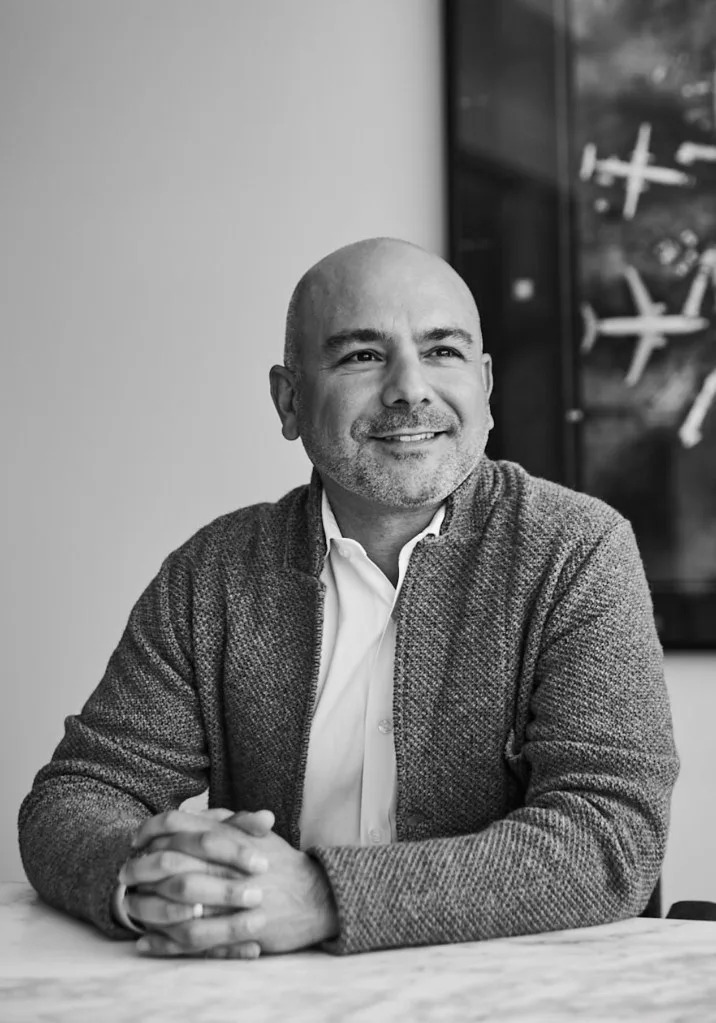
Dr. Eric Esrailian
The University Network for Human Rights, in collaboration with students, lawyers, and academics from Harvard Law School Advocates for Human Rights, UCLA’s Promise Institute for Human Rights, Wesleyan University, and Yale’s Lowenstein Project, conducted two fact-finding trips in Nagorno-Karabakh and four in Armenia between March 2022 and July 2023. Their recently published briefing paper states, “Moreover, the abuses we documented are not a string of unrelated rights violations; taken together, these abuses reveal a synchronized, comprehensive campaign to empty Nagorno-Karabakh and parts of Armenia of Armenians.”
The collective silence or inaction by individuals, governments, and governmental organizations like the United Nations and European Union has perpetuated the crisis. Every passing day puts more lives in danger. American taxpayer dollars are now facilitating and enabling this behavior by providing foreign aid to an oil-rich nation. Through economic sanctions, cutting off foreign aid to Azerbaijan, boycotting international events in Azerbaijan (such as concerts and sporting events like soccer and Formula 1), and through proceedings in international courts, we can collectively achieve results, but this process has been too slow and time is running out. As citizens, we are appealing to leaders such as President Biden, Secretary of State Blinken, and their colleagues to take a stand immediately. They must pressure Azerbaijan to open the corridor without preconditions.
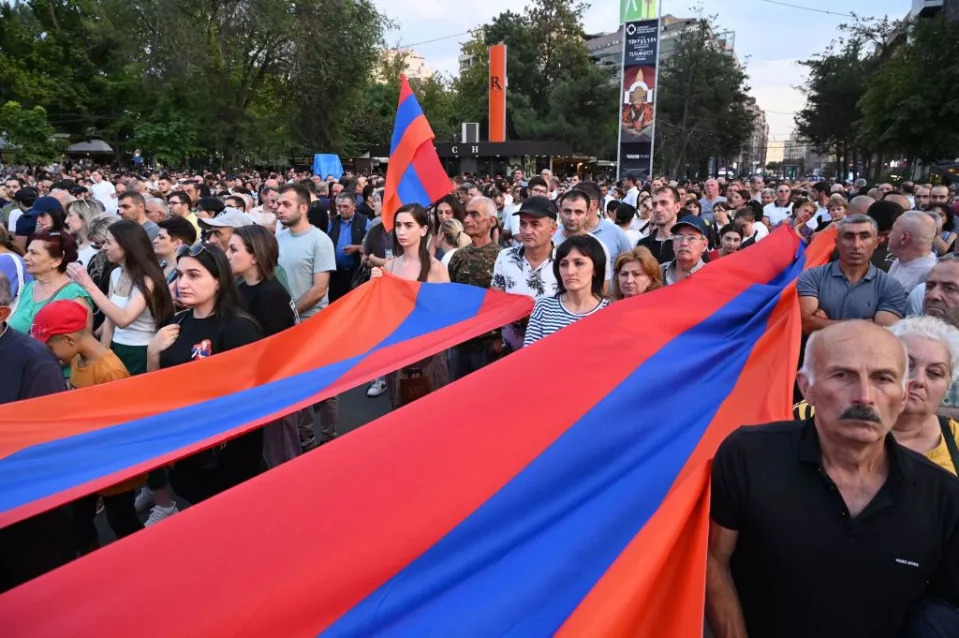
Demonstrators rally in support of Karabakh to demand the reopening of a blockaded road linking the Nagorno-Karabakh region to Armenia and to decry crisis conditions in the region, in Yerevan, on Sept. 2, 2023.
We are just two people. We have been working behind the scenes to support our Armenian brothers and sisters, but this diplomatic approach has not yielded meaningful results. This crisis will clearly not be remedied by individuals, but we will continue to do what we can to use whatever influence we have. We are not politicians or government leaders, and despite our own diplomatic efforts, this humanitarian crisis has persisted with no clear end in sight — except for the potential for ethnic cleansing of the Armenian population. We will continue to use our voices to amplify the truth.
The people in Artsakh want to live in peace. Now is the time for true leadership. We need for those who have a meaningful role in these affairs to immediately demand that the Lachin Corridor is opened to stop another genocide. We want to draw more attention to the crisis and appeal to those in our own government who truly care about humanity to intervene. The United States has the ability to mobilize a response. Leaders who are effective and help our people will be remembered for their heroism. Even if well-meaning, the ones who are inert and ineffective will be remembered for allowing a genocide to take place under their watch. The choice is theirs.
European Society of Endocrinology & the European Society for Paediatric Endocrinology are in crisis consultation talks regarding urgent medical drug supply for the care of patients with endocrine disease in Nagorno-Karabakh (Republic of Artsakh
Business AnnouncementPRESS RELEASE
Joint Press Release from the European Society of Endocrinology (ESE) and the European Society for Paediatric Endocrinology (ESPE) and the Armenian Association of Paediatric
Endocrinologists and the Armenian Association of Endocrinology.
The health and lives of endocrine patients are at risk due to crucial drug shortages due to the humanitarian crisis in Nagorno-Karabakh (Republic of Artsakh).
The European Society of Endocrinology and the European Society for Paediatric Endocrinology are in crisis consultation talks with partner societies in Armenia (Armenian Association of Paediatric Endocrinologists and the Armenian Association of Endocrinology) regarding urgent medical drug supply, required to secure the continued care of patients with endocrine disease in Nagorno-Karabakh (Republic of Artsakh).
There is a current urgent need for endocrine medications and supplies in the besieged region of Nagorno-Karabach (Republic of Artsakh). Specifically, the supplies of insulin are nearing depletion, and the population is out of injection needles, syringes and strips. Patients are currently re-using the (single-use) syringes for 7-10 days. In addition, currently there is a significant shortage of levothyroxine, hydrocortisone, cabergoline and other medications.
Insulin is life critical for the treatment of diabetes. Patients with diabetes mellitus, particularly type 1 diabetes, need unrestricted access to insulin. A shortage of insulin is immediately life-threatening. The supply of long and short acting insulins must be accompanied by adequate supplies of glucose test strips and glucose measuring devices, as the blood-glucose values form the cornerstone of diabetes self-management. Also, in case of acute stress, infection or trauma and inadequate diet (food supply being difficult during war) the insulin dose may need adaptations and adequate glycaemic control is an important healing factor.
The Societies have issued a joint statement on this life critical matter (read here) and call upon all parties to secure the provision of adequate supply of medication essential to treat patients with potentially life-threatening acute or chronic endocrine conditions.
President of the Armenian Association of Paediatric Endocrinologists, Elena Aghajanova, brought the humanitarian situation in Nagorno-Karabakh to the attention of the two European endocrine Societies. She said, “Patients are facing a lack of access to specialist diagnostic services and surgical interventions as well as difficulties to continue or initiate required life-saving treatments caused by lack of drug supply. Shortages of food and high stress of the dire and desperate situation are also impacting the entire population which is heightening the crisis for those with health issues.”
A member of ESE, endocrinologist Liliya Rostomyan (Belgium) said, “Armenian doctors continue to appeal to the world medical community and international humanitarian aid organisations to pay attention to the crisis in Artsakh and call them for action to save patients with various diseases. The situation caused by the ongoing blockade is equal to a real humanitarian catastrophe, with patients left without food, essential
medications, and access to crucial medical care. Lives of 120,000 people, including children and pregnant women, are in danger, and our duty is to make every effort to avoid such a catastrophe in the 21st century”.
ESE President Jérôme Bertherat said, “We call upon all parties to secure free and safe passage for patients that require specialised medical interventions.” He added, “We have already called upon all our members and the over 22,000 endocrine professionals across Europe, and our partners to assist in any way possible in alleviating the needs of the population of Nagorno-Karabakh.”
ESPE President Anita Hokken Koelega explained, “The way that this crisis affects the population is a big concern to our community of health care professionals and this is a very real and immediate crisis. Our societies stand ready to provide additional information where needed, and to work with like-minded NGOs and our partners to support patients and health care providers in the Nagorno-Karabakh region.”
The following statements have been issued in response to the humanitarian crisis in Nagorno-Karabakh (Republic of Artsakh) and the endocrine drug shortages:
21 August 2023: Joint statement from the European Society of Endocrinology (ESE) and the European Society for Paediatric Endocrinology (ESPE) on the humanitarian crisis in Nagorno-Karabakh (Republic of Artsakh). Read here.
17 July 2023: Endocrine drug shortages - Joint Statement from the European Society of Endocrinology (ESE), the European Society for Paediatric Endocrinology (ESPE), the Armenian Association of Paediatric Endocrinologists and the Armenian Association of Endocrinology. Read here.
We call upon all parties to secure free and safe passage for patients that require specialised medical interventions and for the supply of essential drugs into the Region.
We call upon all health professionals, pharmaceutical industries, medical and humanitarian organisations to provide all possible assistance.
**** ENDS ****
Notes for Editors: The situation in the besieged region is dire, with patients left without food, essential medications, and access to crucial medical care. We urgently call on the forces currently imposing the blockade to show humanity and compassion: grant immediate and unobstructed access to life-saving aid and medical passages. Lives are at stake.
About the European Society of Endocrinology
The European Society of Endocrinology (ESE) provides a platform to develop and share leading research and best knowledge in endocrine science and medicine. By uniting and representing every part of the endocrine community, we are best placed to improve the lives of patients. Through the 51 National Societies involved with the ESE Council of Affiliated Societies (ECAS) ESE represents a community of over 22,000 European endocrinologists. We inform policy makers on health decisions at the highest level through advocacy efforts across Europe. To learn more about the Society, visit ese-hormones.org.
About the European Society for Paediatric Endocrinology
The European Society for Paediatric Endocrinology (ESPE) is an international society registered in Europe that promotes the highest levels of clinical care for infants, children and adolescents with endocrine problems throughout the world, including in less advantaged areas. Our mission is to advance excellence in paediatric endocrinology and diabetes by promoting research, education and medical practice to the benefit of child and adolescent health throughout the world. To learn more about the Society, www.eurospe.org
https://plawiuk.blogspot.com/2023/09/we-are-starving-to-death-residents-of.html
